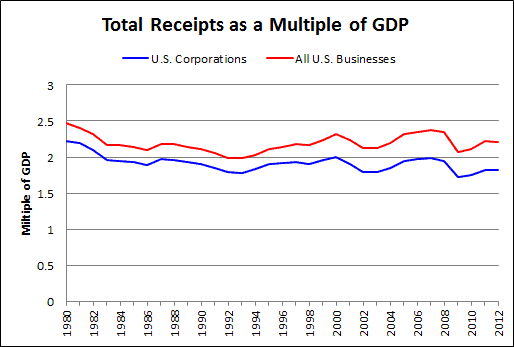Via Reddit, Private sector debt matters, and better data means better policy by Alexander Lehmann, 27 October 2016 at Bruegel. The opening sentence:
Private debt is emerging as a central concern in EU policy.
This is October 2016, more than eight years since Lehman Brothers hit the skids. Now they're getting concerned about private debt? Now? In my third post on this blog, 22 March 2009, I was talking about a solution to the problem of "too much debt" in the private sector. And just about continuously since that time.
So Bruegel says the EU is starting to get concerned about private debt. Why?
... private debt can quickly morph into public debt ...
So really, what is their concern? Are they concerned that private debt is a problem for the economy? or are they only worried that private debt may ultimately become public debt? If the latter, their focus is surely wrong. For by the time there is a threat that private debt may "quickly morph" into public debt, the problem is no longer newborn, no longer a baby, no longer a child. The problem is maturing. There is no easy way to deal with it at that point.
Despite that, and in the same paragraph with the words "quickly morph", we read:
The debt overhang has far-reaching consequences: lower household spending and weaker corporate investment and hiring. This leads to a vicious circle, where low growth and price deflation aggravate debt distress further.
That's extremely well said. Then they go back the other way again, thrashing and flailing about, and hitting all the wrong points:
Private debt is one of the 14 indicators examined annually in the EU’s Macroeconomic Imbalances Procedure. This process flags risks where a country’s consolidated non-financial corporate and household debt relative to GDP rises into what has been the top quartile of the historical EU wide distribution. Based on 2014 data, the latest Commission reports found the threshold of 133 per cent of GDP was breached by 13 member states ...
Okay, so they see private debt as a problem. And they're doing something about it. They define a limit for acceptable debt. The limit they define is based on "the historical EU wide distribution." In other words, based on recent pre-crisis experience. To define a limit, they look at how much debt they had just before they got in trouble. And they say if you're over 75% of that much debt, it's no good.
Where does this arbitrary nonsense come from? Why do they think the level of debt they had in 2006 was okay, and 75% of it is good? It's the blind leading the blind.
And it's not only the EU. According to the IMF (back in 2013):
Much of the empirical work on debt overhangs seeks to identify the ‘overhang threshold’ beyond which the correlation between debt and growth becomes negative. The results are broadly similar: above a threshold of about 95 percent of G.D.P., a 10 percent increase in the ratio of debt to G.D.P. is identified with a decline in annual growth of about 0.15 to 0.20 percent per year.
No. As I asked at the time, Do we really want to wait till things are that bad?
The focus of state-of-the-art economics is to find the point where adding one more dollar of debt stops making GDP go up and starts making GDP go down. What possible advantage could there be in that? It can only be so that we might manage to come as close as possible to the threshold without crossing it.
That may be state of the art, but it's not the state of the Arthurian. Debt productivity has been declining for a long time. The increase in GDP we get for each new dollar of debt has been declining for a long time.
Increasing debt makes economic performance decline. If this is true, then why would we want to get close to the limit where "the correlation between debt and growth becomes negative"? This is actually saying "Adding more debt is not okay if it takes away even a tiny bit of GDP, but it is okay as long as it adds to GDP, no matter how little it adds." Well, it's not okay with me.
We need to stop debt accumulation when it starts to hinder growth; this is how to define the maximum acceptable level of finance for our economy.
//
Even banks and bankers these days call for limits on finance. Beware! The limits must be placed not at the point where the financial sector starts to be hurt by finance, but at the much lower point where the non-financial sector starts to be hurt by it.




































